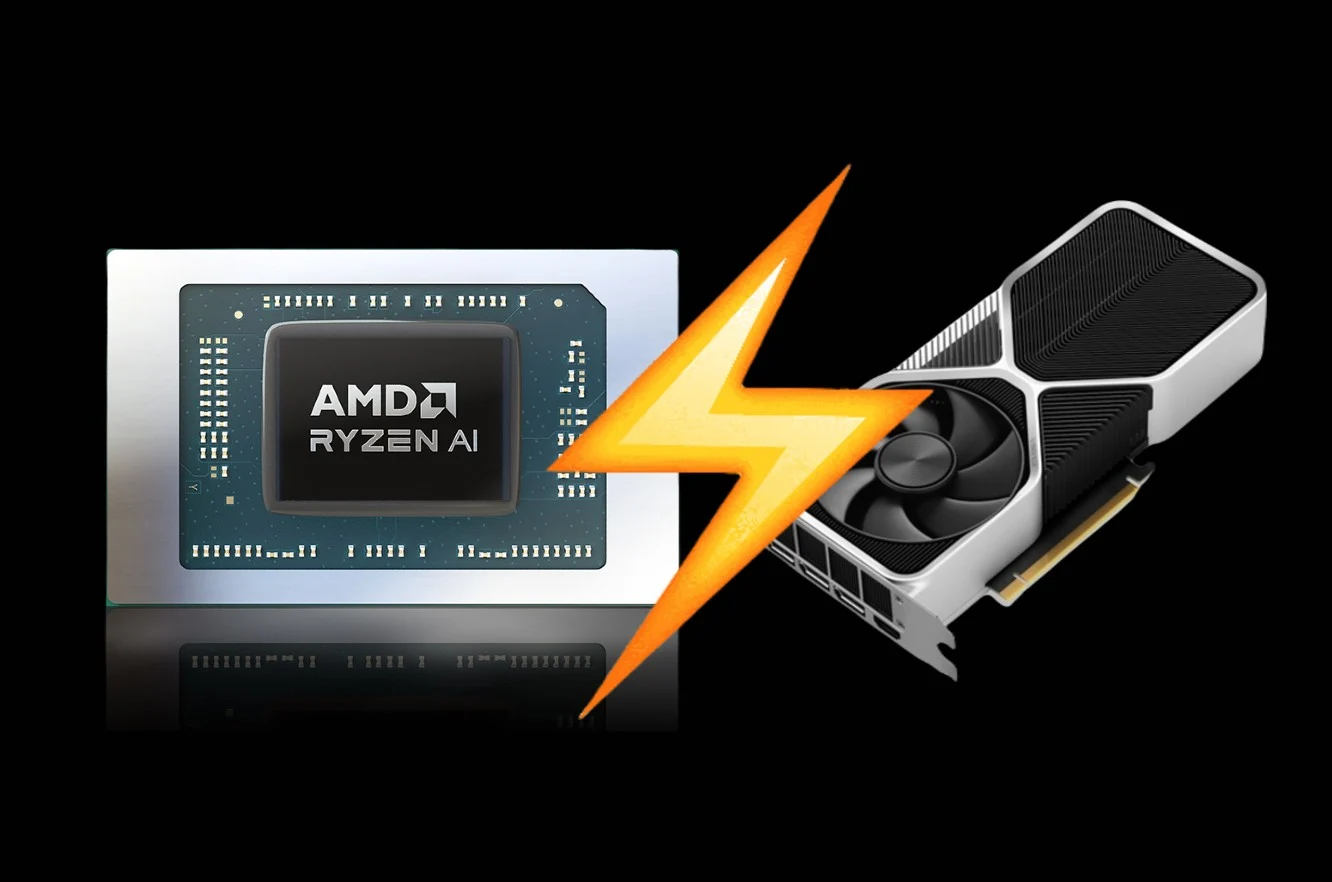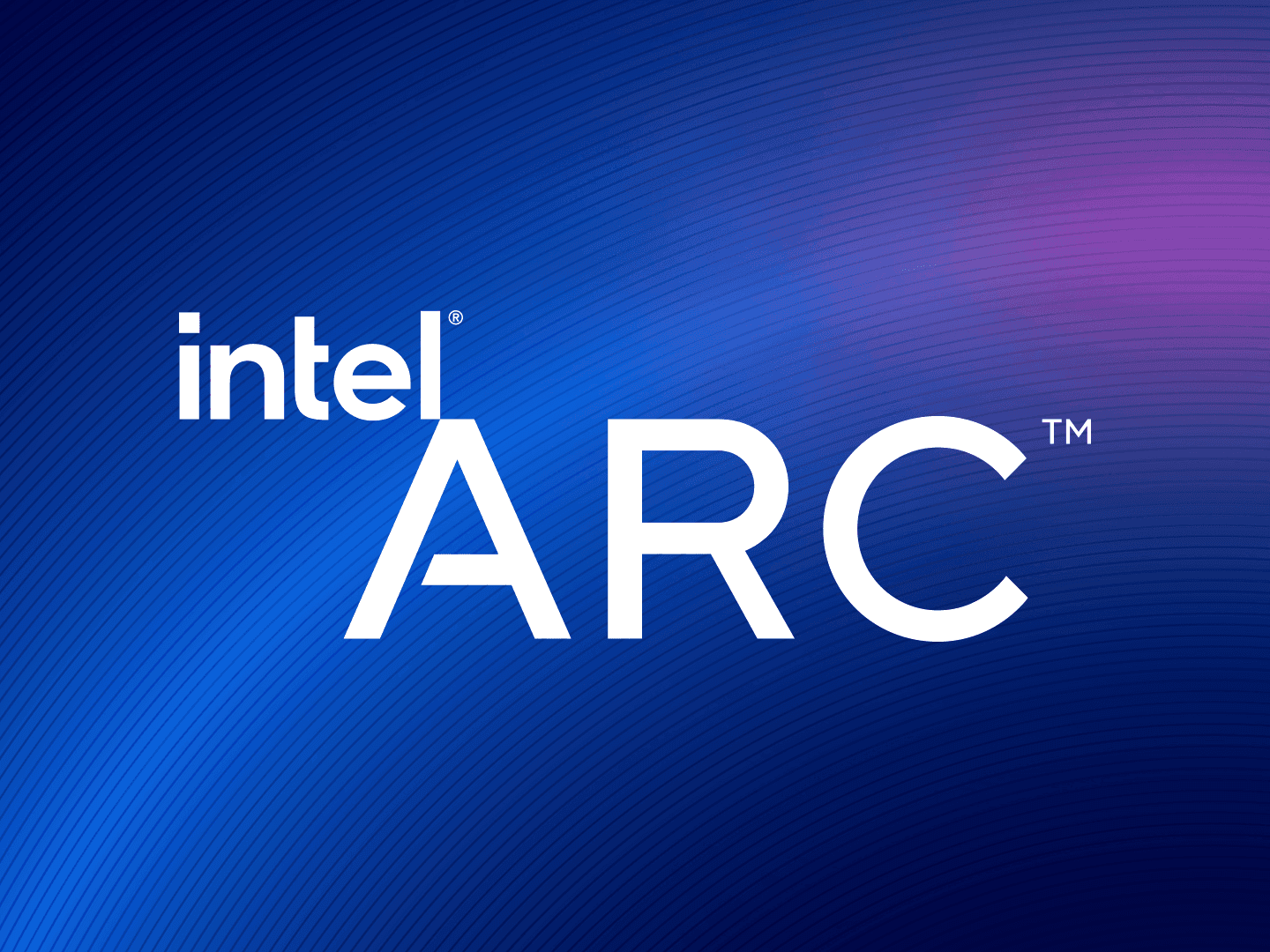Key Takeaways
1. Nvidia made misleading claims about the RTX 5070’s performance compared to the RTX 5090, which were quickly disproven.
2. Nvidia’s AI announcements, including an AI assistant for gaming graphics, failed to resonate and were overshadowed by AMD’s Strix Halo APU.
3. AMD’s passive approach included a lack of initiative, exemplified by the RX 9070 XT’s unannounced appearance at CES and reliance on media for pricing.
4. Intel continues to struggle with limited product offerings, and their future chip releases, including Nova Lake and Panther Lake, face significant delays.
5. Overall, CES 2023 has not delivered the expected excitement, as many announcements and products have aged poorly or failed to materialize.
It’s been a little over three months since Nvidia, AMD, and Intel had us glued to livestreams packed with dense investor jargon, trying to find the few bits of info that actually matter to chip buyers. Now, looking back, it seems like most of those bits turned out to be nothing but shiny distractions, their luster worn away by marketing mistakes and avoidable blunders. While these stories may not be brand new, they illustrate how this year’s CES has aged badly compared to others.
Misleading Claims from Nvidia
A major example of poorly aged statements is Nvidia’s claim that the RTX 5070 would perform similarly to the RTX 5090. It’s almost unbelievable they made such a statement in the first place. Jensen might have wanted to replicate the significant jumps seen in past generations, such as the RTX 3070 matching the RTX 2080 Ti, but it should have been clear from the start that this claim wouldn’t hold up. And indeed, it didn’t — it was quickly disproved once the review media got their hands on it, just like the recent attempt to mask the poor performance of the RTX 5060 Ti 8GB by only sending out samples of the 16 GB model to reviewers.
AI Announcements Fall Flat
Although their other big announcements were AI-related rather than for gamers, these didn’t fare any better. The idea of adding an AI assistant to gaming graphics card software seemed like a solution in search of a problem, and it appeared increasingly disconnected as Nvidia’s drivers began to face issues. Perhaps more importantly, Nvidia’s Project DIGITS mini-PC, which was meant for local AI, was outdone by AMD’s Strix Halo APU. This APU seemed perfectly set up to take advantage of the market, but it only appeared in a few products. Based on how the Framework Desktop version isn’t even arriving until Q3 this year, it clearly isn’t being produced in sufficient quantities to capitalize on the chance that fell into AMD’s lap.
AMD’s Passive Approach
Rather than executing poorly, the first few months of the year for AMD have been characterized by a noticeable lack of initiative. The infamous appearance of the RX 9070 XT at CES without an actual announcement is the prime example. They even had to rely on tech media for pricing, but ended up so unsure that the final announcement had to be overdubbed, making Radeon appear comically passive. The next major release, the RX 9060 XT, was approached with greater confidence. However, the silence surrounding it has led gamers to eagerly await any information, with leaks and rumors being the only updates before its expected release on May 18. AMD Gaming’s YouTube channel teased a mystery livestream that turned out to be a rather dull showcase of FSR 4 in The Elder Scrolls IV: Oblivion Remastered.
Intel’s Ongoing Struggles
As for Intel, they weren’t doing well even when CES was happening, and they really had nothing to showcase. Everything they had at that time, both products and plans, has aged poorly. News about Battlemage graphics cards being limited by older CPUs came out right after CES, and later that month, it was confirmed that their next-gen Nova Lake desktop chips wouldn’t be available until 2026. Additionally, their Panther Lake mobile CPUs were supposed to launch later this year, but leaks indicate that even that timeline has slipped. For Intel, all it can rely on is what’s currently available, and with those products already feeling outdated, it’s going to be a long wait for the next three quarters.





